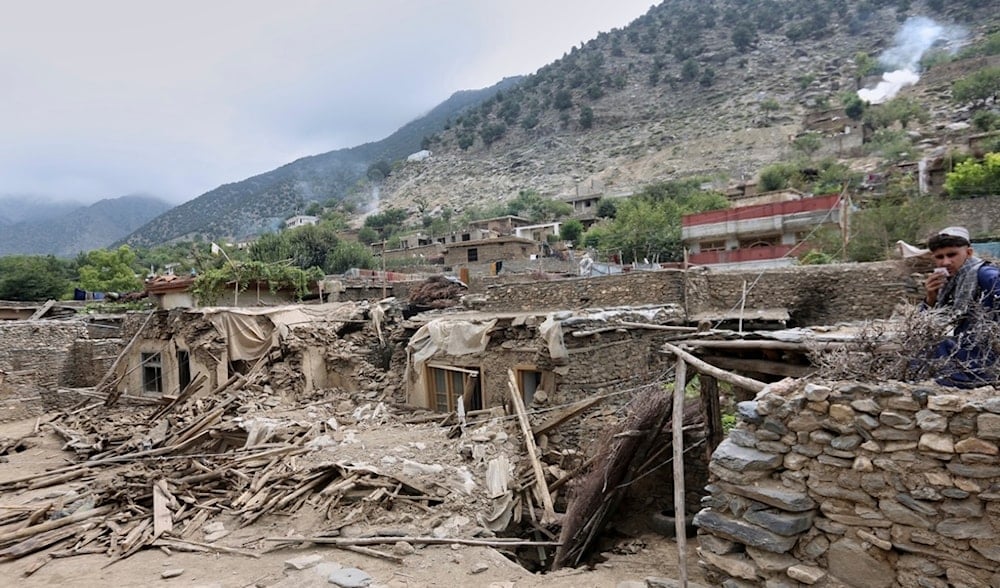UN warns Afghanistan earthquake could impact hundreds of thousands
The powerful earthquake in eastern Afghanistan, which has killed over 900 people, could leave hundreds of thousands in need amid limited access and urgent humanitarian needs.
-

Collapsed houses are seen in an area devastated by Sunday's powerful 6.0-magnitude earthquake that killed many people and destroyed villages in eastern Afghanistan, in Dara Noor, Kunar province, Tuesday, Sept. 2, 2025. (AP)
The United Nations has warned that the recent earthquake in the eastern region of Afghanistan could affect hundreds of thousands of people, as the death toll surpasses 900 and continues to rise.
“We think potentially the impacted individuals would go up to almost into the hundreds of thousands,” said Indrika Ratwatte, the UN humanitarian coordinator in Afghanistan, during a press briefing from Kabul.
Death toll rises
The 6.0-magnitude earthquake struck remote mountainous areas near the border with Pakistan around midnight Sunday, and was followed by at least five aftershocks. The epicentre was located about 27 kilometres from the city of Jalalabad, according to the US Geological Survey (USGS), which reported the quake struck at a shallow depth of around eight kilometres.
Shallow quakes of this magnitude are especially destructive, particularly in Afghanistan, where many residents live in mud-brick homes prone to collapse.
UN warns of worsening humanitarian crisis
Ratwatte cautioned that the casualty figures are likely to increase significantly. “The numbers are definitely going to increase,” he said, noting that the casualty rate is going to be rather exponential due to the time of the incident.
“It’s a low (population) density, but since this happened in the night, everybody was sleeping, so I think the casualty figure is going to be much higher.”
The UN official also noted that the types of structures in the region, primarily mud and wooden roofs, pose a deadly risk when walls collapse during seismic activity.
Remote villages cut off by landslides, damage
Access to the most severely affected areas has been severely hindered by landslides and rockfalls, which have damaged roads and delayed the delivery of aid.
“This has posed a huge challenge,” Ratwatte said. “The biggest challenge is to reach these remote areas with the road access extremely damaged.” He emphasized the need for helicopters to transport aid, evacuate the wounded, and deliver search and rescue teams.
Urgent appeal for humanitarian aid
Afghanistan continues to face a protracted humanitarian crisis after decades of war, compounded by the return of millions of Afghans from neighboring countries such as Pakistan and Iran.
Ratwatte called on the international community to show solidarity with the people of Afghanistan, who are "facing multiple crises, multiple shocks".
Despite the scale of need, the UN's humanitarian appeal for Afghanistan, set at $2.4 billion for 2025, is only 28 percent funded so far.
Meanwhile, Afghanistan's authorities have announced emergency funding, with the prime minister's office confirming that 10 million Afghanis ($145,000) had been released for immediate relief. "For urgent response measures, the respected prime minister has allocated 10 million Afghanis [$145,000] for immediate use.
Additional funds will be provided if necessary," the statement read. To oversee operations, a special committee has been established under Acting Minister of Rural Rehabilitation and Development Muhammad Yunus Akhundzada. The government has appealed to citizens, charities, and business leaders to mobilize resources for those affected.
Read more: Kabul faces total water collapse by 2030

 3 Min Read
3 Min Read








